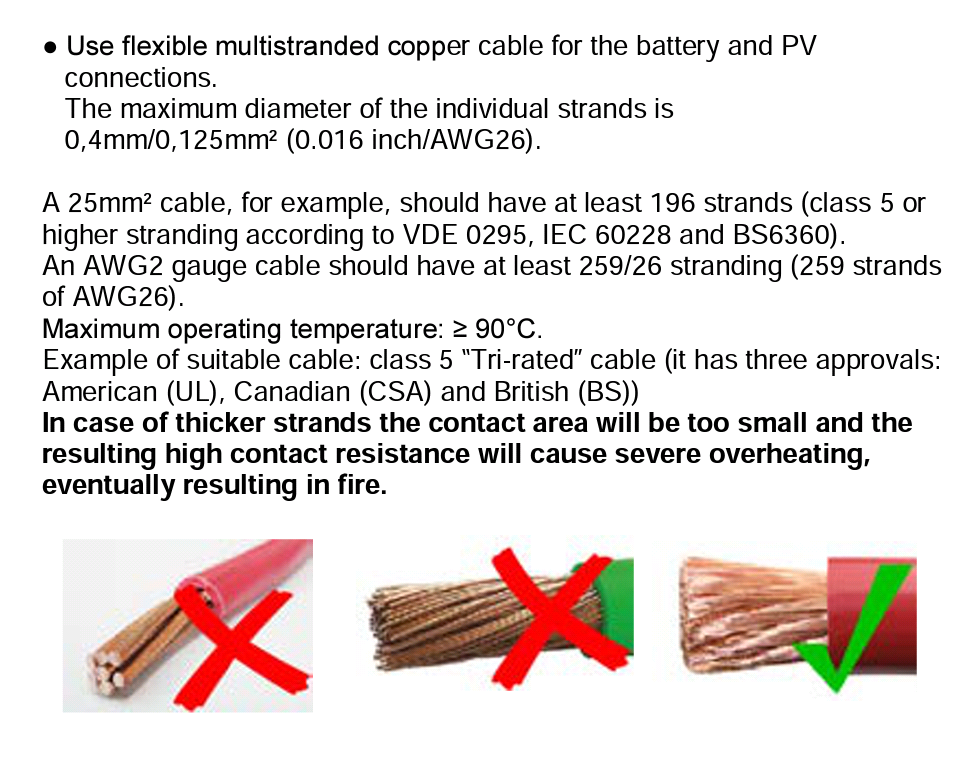On my boat I have 2 victron mppt 100/30 controllers supporting 2x 160w solar panels each and charging the same AGM battery bank. I also have a 100/30 controller supporting a single 160w panel and charging the same bank. The outputs from all three controllers are wired to a common busbar which is tied to the battery. One of the 100/30s and the 100/15 show battery voltage at the controller that matches the voltage meter on the boats electric panel. The voltage on the bus bar is also consistent with these readings.
But the other 100/30 consistently show higher peak and lower low battery voltages at the controller terminal than the rest of the system, and consequently is not charging like it should. Both the 100/30s have the same settings, same software version (1.37) and are mounted next to each other The errant controller is closest to the bus bar so it’s weird that the voltage reading changes on either end of the short (6”) supply wires.
Any advice or insight appreciated. Thanks

